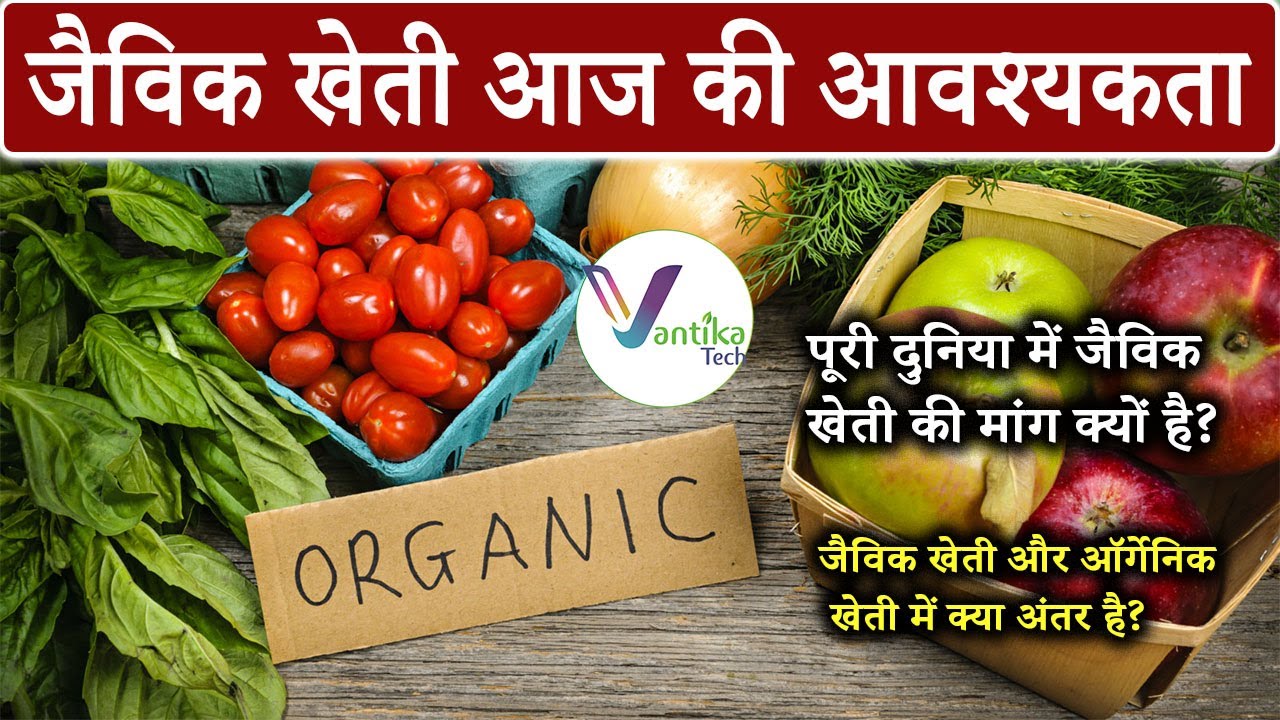The Interconnection Between Vegetable Prices and Inflation:
The connection between tomato, onion, and potato prices is a complex web, wherein changes in one commodity can significantly impact the prices of others. Although the proportion of these vegetables in the Consumer Price Index (CPI) may be relatively small, their role in influencing inflation rates should not be underestimated.
Weather Conditions as a Catalyst for Price Increase:
The primary driver behind the surge in prices is attributed to adverse weather conditions, particularly excess rainfall. This has led to a decrease in tomato supply and subsequently driven up prices. The impact of weather conditions extends to other vegetables as well, creating a cascading effect. The share of vegetables in the Consumer Food Price Index (CFPI) is approximately 13.2%. Consequently, these vegetables play a vital role in shaping food inflation.
The Role of Government Policies and Market Interventions:
To mitigate the impact of rising tomato prices and inflation, the government must implement effective policies and market interventions. This includes promoting modern agricultural practices, enhancing storage and distribution infrastructure, and providing timely financial support to farmers. Additionally, initiatives such as the Minimum Support Price (MSP) scheme can help stabilize tomato prices and ensure fair returns to farmers, thereby reducing the burden on consumers.
Challenges Faced by the Agricultural Sector:
The surge in tomato prices poses significant challenges for the agricultural sector. Farmers, who rely on the successful cultivation and sale of tomatoes, face uncertainty due to fluctuating prices. The government must offer robust support through educational programs, access to advanced farming technologies, and financial assistance to help farmers overcome these challenges and sustain their livelihoods.
Consumer Impact and Household Budgets:
As tomato prices continue to rise, households are forced to make adjustments to their budgets. Tomatoes are a staple ingredient in Indian cuisine, and their increased prices affect the overall cost of meals. Consumers are compelled to either reduce their consumption or seek alternatives, which can impact their nutritional intake and dietary preferences. This situation creates financial constraints for households, particularly those with limited incomes.
Efforts to Ensure Food Security and Price Stability:
To ensure food security and stabilize prices, it is imperative for the government, agricultural associations, and relevant stakeholders to work together. Collaborative efforts can focus on improving production and distribution efficiency, implementing effective price monitoring mechanisms, and exploring innovative farming techniques. Additionally, the government can encourage domestic production, reduce import dependency, and streamline supply chain logistics to minimize price fluctuations.
Conclusion:
The persistent rise in tomato prices, along with other essential commodities, has a profound impact on inflation, consumer budgets, and the agricultural sector. Timely interventions, such as effective government policies, market interventions, and support for farmers, are crucial to mitigate these challenges. Additionally, raising awareness among consumers about the factors influencing food prices and exploring alternatives can help alleviate the burden on households. By fostering collaboration and implementing sustainable measures, we can strive towards achieving food security, price stability, and a more resilient agricultural sector.
Thanks for visiting us.
#TomatoPrices #InflationImpact #AgricultureSector #FoodSecurity #ConsumerBudgets #tomato #tomatofever #cherrytomato #tomatoprice #tomatopriceimpact #tomatoupdate








No comments:
Post a Comment